The One Thing You Must Get Right
If you only had control over one component in your entire golf bag, what would you pick? Which is the most important single piece to get right? In this lesson, I reveal the answer to that question, and explain why it’s critical that you get this one piece of equipment fit to your swing.
Get this lesson in podcast form HERE
This Lesson Is For You If:
You want to get maximum ROI on your next club purchase or fitting
Third Place: Putter Head
Putting is a big part of your score, and it all relies on one club. And while the putter shaft has gotten more attention in the last couple years, it pales in comparison to the importance of the putter head. The putter head (which includes the neck and hosel) determines the toe hang, drives swing weight, and, of course, has a look which can help or hurt your putting.
The reason that the putter head doesn’t rank higher is that there’s a practical limit to how badly you can putt. Even with a putter that had the wrong weight, wrong toe hang, and a look you despised, you could get the ball in the hole eventually. You’d never putt it off the green or incur penalty strokes because you have the wrong putter.
Additionally, putting’s impact on your score is dependent on the other parts of your game. If you miss a lot of greens and chip well, there aren’t going to be a lot of opportunities to save strokes with putting. Similarly, if you hit a bunch of approach shots to thirty feet, you’re going to two-putt almost all of them no matter how good a putter you are.
Finally, switching to the best putter can help your putting…for a while. But ultimately your putting will regress toward the mean because there’s a practical limit on how well you can putt, too. So while it’s extremely important, the putter head is not the most important component.
Second Place: Driver Head
The driver is more important than the putter. If you don’t understand this yet, please go read Every Shot Counts or Lowest Score Wins and come back when you’re done. There is a much greater gap between the best and worst driving than the best and worst putting. The advantage you can gain (or hole you can dig) off the tee is unsurpassed by any other shot. So the driver is the king club, but the head is only second most important.
What makes the driver head so important? First, it can unlock huge distance gains. Getting into the right launch and spin ranges is a big part of optimizing your distance. Especially for high speed players, the right combination of launch and spin can add 20 yards or more.
Additionally, modern drivers can do a lot to improve dispersion. For a slicer, getting into a draw biased driver can keep them out of the trees and lakes. Players that use the entire face can find help in drivers with huge MOI.
Now, why isn’t the head number one? First, every modern driver head is really good, objectively speaking. Yes, some are better, but we’re talking about the difference between Olympic sprinters. One is the fastest, but they’re all really fast. Similarly, while there are differences in forgiveness, any modern head is world’s better than what golfers used a decade ago.
The second reason why the head isn’t number one is that it’s consistent. If I gave a draw-biased head to a player who hooks it, they would be unhappy, but they could figure it out. They’d learn to make a cut swing and maybe hit it off the heel. But at least the problem would be the same every time.
Finally, almost every modern driver head is adjustable. I haven’t reviewed a driver this year that doesn’t have an adjustable hosel. At least half offer some kind of weight adjustments. These can be used to make an imperfect fit much better for any given player.
The Winner: Driver Shaft
While I stop well short of joining the, “The shaft is the only thing that matters” clan, I do believe it’s the most important component in your golf bag. The driver is the most important club, and the shaft is the engine. Without one that you can rely on, you’re going nowhere.
One reason why the shaft trumps the head is that there’s more variety in driver shafts. Starting with weight, you can play a shaft that’s under 40 grams or over 80 grams. Next there are flexes – everything from senior or ladies to Tour X. Finally, you get into the worlds of torque and bend profile. Because of these factors, two shafts with the same weight and flex can feel nothing alike.
Next, many people will point to the impact of the shaft on launch and spin. This is undeniable. If you want to get your numbers into the optimal ranges, you need the right shaft.
While dialing in numbers is important, it’s nothing compared to the shaft’s ability to improve your quality of contact. If you’re regularly hitting the sweet spot, you’re going to be both longer and straighter off the tee. You’ll have fewer of those tops, dropkicks, or snap hooks that lead to automatic bogey or worse.
Finally, the single biggest reason why the shaft is #1 on this list is consistency. With a well-fit shaft, you’ll know what you’re going to get off the tee. You’ll be able to feel the club head during the swing. With a bad fit, neither of those things is true. The only consistency is that you’ll be consistently uncomfortable. Whether it’s too light, heavy, stiff, or soft, the wrong shaft will make you miserable on the tee.
For all these reasons, it’s critically important for you to get fit for the right driver shaft if you want to play to your potential. And for those that aren’t score-obsessed, know that your tee shots are the biggest determinant of your enjoyment. I’ve never seen a golfer who’s happy to be searching in the trees for their golf ball.
He founded Plugged In Golf in 2013 with the goal of helping all golfers play better and enjoy the game more.
Matt lives in the northwest suburbs of Chicago with his wife and two daughters.
- Performance Golf Click Stick Training Aid Review - October 18, 2024
- Callaway Opus Platinum Wedge Review - October 17, 2024
- When to Take a Break from Golf - October 15, 2024



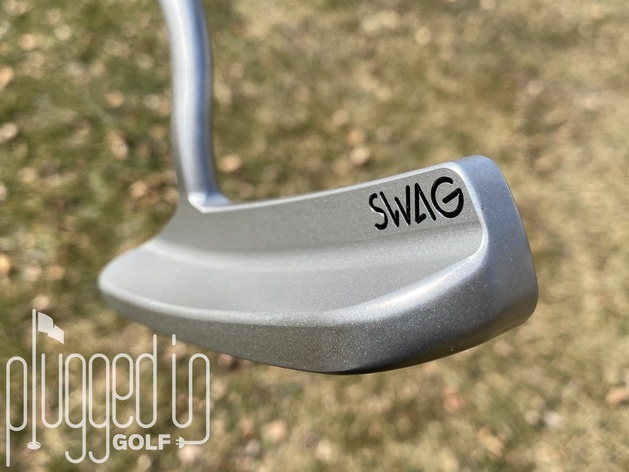
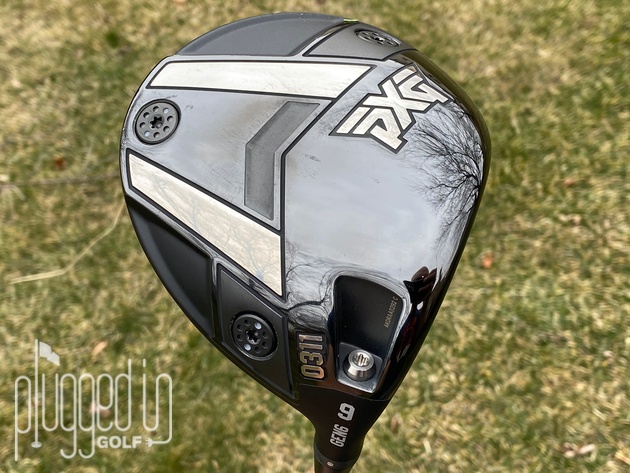
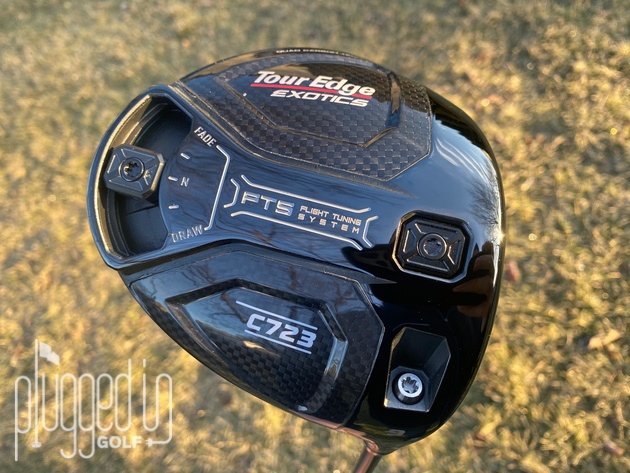
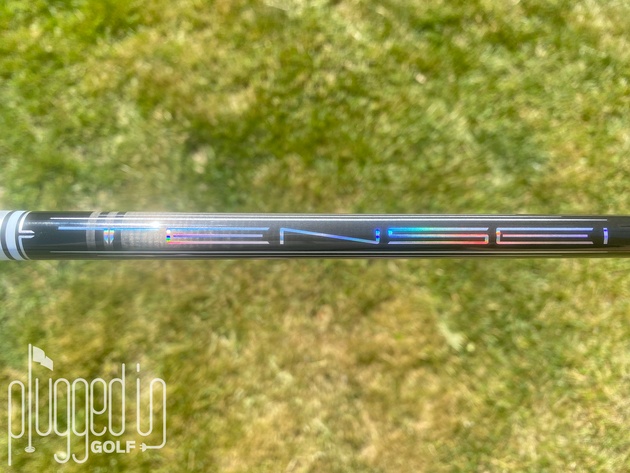

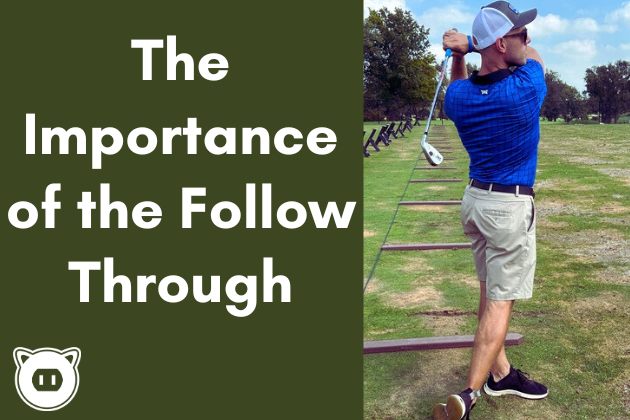
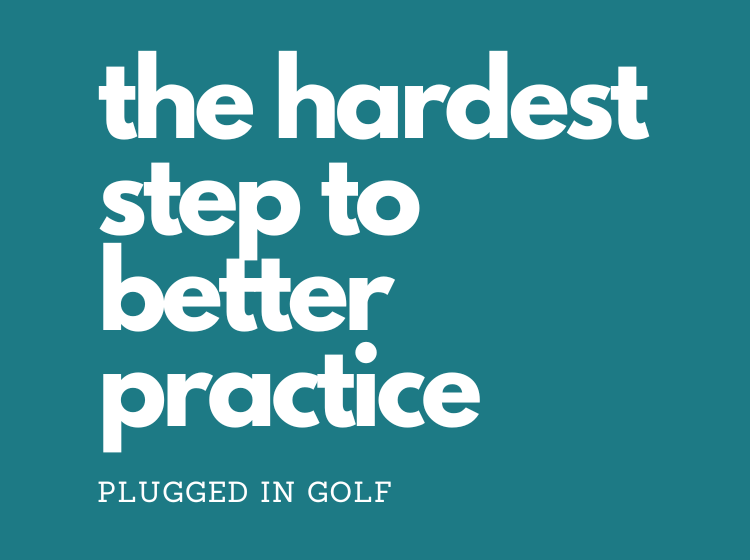









25 Comments
I think there’s another piece of equipment here you’re overlooking….the golf ball…
Greg,
Respectfully, the golf ball is miles below the putter and driver.
-Matt
I can’t disagree with your picks. Driver Head and shaft are huge. I can’t agree with the statement that “the shaft is the clubs engine.” The golfer swinging the club is the engine – by giving it motion and power. The shaft is more akin to the the steering wheel or the transmission, since it brings the club to the ball and then hopefully transfers the energy of the swing properly to the ball.
It’s true that the shaft is the most important item BUT with the club manufacturers coming out with different models every year it’s almost impossible to get fit for a driver shaft EVERY TIME you make a driver switch unless you have bunches of $$$$$ for it.
Wally,
How often are you changing your driver? There’s absolutely no need to replace your driver every year, no OEM is improving that fast. You’d be far better off replacing your driver half as often and doing it right.
Best,
Matt
100% Agree on the shafts. I’ve reshafted my irons and driver recently and the changes have been significant. Went from 105g to 120g on the iron shafts (kept flex the same) and more dramatically went from 65g/Stiff to 75G/X-stiff on the driver shaft. In both cases the extra weight gave me more awareness of the club on the backswing which helped with shot making. And the extra stiffness on the driver shaft took what was often a hard hook into a gentle pull.
I’m tempted to put putter GRIP above putter head… maybe I am unusual but my stroke can accommodate most variations of toe hang including face balanced (although the longer the stroke, the more my slight arc asserts itself). But, if the grip doesn’t sit well in my hands (especially left hand high) I’m a mess… things like the SS 5.0, FlatCat, are disastrous. SS 3.0 is still awful. 2.0 is almost manageable. The classic Ping P558 was my first “real” grip, and seems to have programmed me. Most pistol grips work nicely. Anyone else?
I really agree with this. Putter grip is often overlooked.
I’m with you on this one. Recently got a new putter from ebay and it had a larger grip on it. Didn’t feel comfortable with it in my hands and I felt lost just trying to take the putter back. Changed it out for a pistol grip and it was magic.
This is a good article however the truth is every part of your bag is important down to the ball you use. I have to disagree with the driver and shaft ranking though. Referencing Broadie’s book and his statistics for strokes gained does not apply to everyone and has a critical flaw. His theory that you must absolutely bomb the ball off the tee as far as possible to get the shortest club in your hand is all well and good but most people forget that this approach to the game only really works for more accomplished players.
A good players miss off the tee and a less skilled players miss off the tee are two very different things. When DJ or Rory mis hit a tee shot it’s 280+ yards in the left or right rough. When an amateur swings for the fences and produces a mis hit that ball is either topped and goes nowhere, chunked and goes nowhere, popped up and goes nowhere or curves so much offline that their next shot (if it is still even in play) has to be some sort of lateral punch/recovery shot that still leaves them a long way into green for their third. Which means the most important piece of equipment is you. Golf is a tough game and requires lots of practice,’ play and lessons. All that can be very time consuming and expensive and not everyone can do that for a number of reasons. Work on your game as much as you can, temper your expectations when you are out there and try to have as much fun as possible. If you hardly ever get a chance to practice or play you have no right to get mad after a bad shot, bad hole or bad round. If golf were that easy we’d all be on tv on Sunday playing in the Masters lol.
Michael,
You are either misrepresenting or misunderstanding Mark Broadie’s work. Nowhere in it does he say, “Swing out of your shoes.” He simply shows the data that proves that distance is the primary driver of lower scores.
To your latter point, the golfer is a human, not a piece of equipment.
-Matt
Hi Matt! I’m headed to Scotland to play 4 great courses over 10 days at the beginning of May. And if ever one club mattered most, it would be my driver on the links of Scotland.
So I have a question: will cropping/shortening a shaft that has already been fitted adversely affect or change the fit? I received a 45.5 inch shaft that was fitted at Club Champion, but it was too long. So I took it to a “Top 100 Fitter“ who cropped it down an inch. What are your thoughts? Many thanks! Jon
Jonathan,
As with all things, if it works for you, I’m in favor of it. I would assume they accounted for the long swing weight, or determined that the lighter swing weight worked well for you. To your question more generally, I think that in most cases, a shaft that fits at 45″ will work at 44″, too.
Enjoy your trip,
Matt
Matt – really good article as I always look forward to the Plugged In emails. While I’ve not read Every Shot Counts, I have read Lowest Score Wins. I tend to agree that the key is the shaft – poorly fitted means you will get by, properly fitted means you can hit the tee shot, bend over, pick up your tee as you walk down the fairway to the ball. Yes there will always be misses, but they will be farther down the fairway and often in shorter grass with fewer trees to contend with. This is not bomb and gouge but rather getting that quiet confidence that comes from the proper fit.
I have long been in favor of finding the right shaft. A shaft too stiff is like a board. A shaft too weak is like a whip. I have found a driver shaft within the last year that has fit me better than any other shaft I have tried. I now have more confidence that I know where the ball will end up and that confidence allows me to swing freely without tension. My distance is consistant and srtaight. I have also changed shafts in my irons to gain the feel and confidence. The shaft rules.
Putter is use one to three times every hole the drivers probably used seven times in nine holes because of the par threes saw the butter is the most important part of your bag
Mike,
This is facile analysis. The putter does not allow you to separate yourself from other players the way the driver does. Read the books I referenced in the article.
-Matt
Interesting take. Hadn’t considered that there may be more performance variation in driver shaft than driver heads.
Separately, I still wish “get fit” and Swag putters were two recommendations that could be put together. Maybe one day a non-industry-insider consumer will be able to get fit for their putters.
Matt, I am an avid golfer who had no idea the value of a custom fit driver. I’m 63 and have lost a lot of muscle mass, especially in my lower half. Your one post has thoroughly convinced me the driver is the most important club. I’m a strong putter, so I felt it’s potentially saving a stroke per hole.
Now, my next big golf decision will be what driver to buy after my first fitting. Thanks very much!
In the past year I got fit for a new driver and a new putter at PXG. Both experiences were “eye opening”. All about the shaft, plus weight distribution, in the driver head. Many variables in the putter
Was playing to 13.8. 10.5. Closing in on 9.
Awesome progress! Congrats!
Totally agree and Plugged in Golf has been a great resources for driver shaft reviews.
For anyone doubting Matt’s ranking, you can take any club from my bag, but don’t try to get my Veylix Mansion driver shaft from me. Not gonna happen!
Totally agree with the shafts being the most important component cause there are so many options and a lack of knowledge from the consumers and a lack of info given by manufacturers. A bad fitted shaft can be detrimental to your tee shots a bad head will just lead to not the most efficient launch conditions.
I do think the analogy of using a engine and transmission can misinterpret logically. A transmission most think is composed of gears and a drive shaft connecting the power of the engine ultimately to the wheels. So intuitively one would compare that to the golf shaft not the engine. So how about a different analogy like the golf shaft being the blades of a helicopter and the clubhead being the engine.
I wholeheartedly disagree with the notion that the shaft is the engine of the golf club. The golfer is the engine, and the shaft is the transmission device of that energy from the golfer through to the shaft, to the club head, and into the ball. In my opinion, the golf shaft is incredibly overrated in terms of its influence on the performance of the golfer. Instead, the shaft is a timing device for energy transfer, and golfers can adjust their timing to suit a particular shaft given enough practice.
As others have stated, the golf ball is wholly more important than any other component, as it is the only piece of equipment that is used on every shot.
This is a facile analysis. Frequency of use is not what makes something important, it’s the level of impact that it has. If frequency was the right metric, the tee you use would be as important as any component in the driver.
Anyone who thinks the shaft is “overrated” has never spent any time in a fitting bay.
-Matt